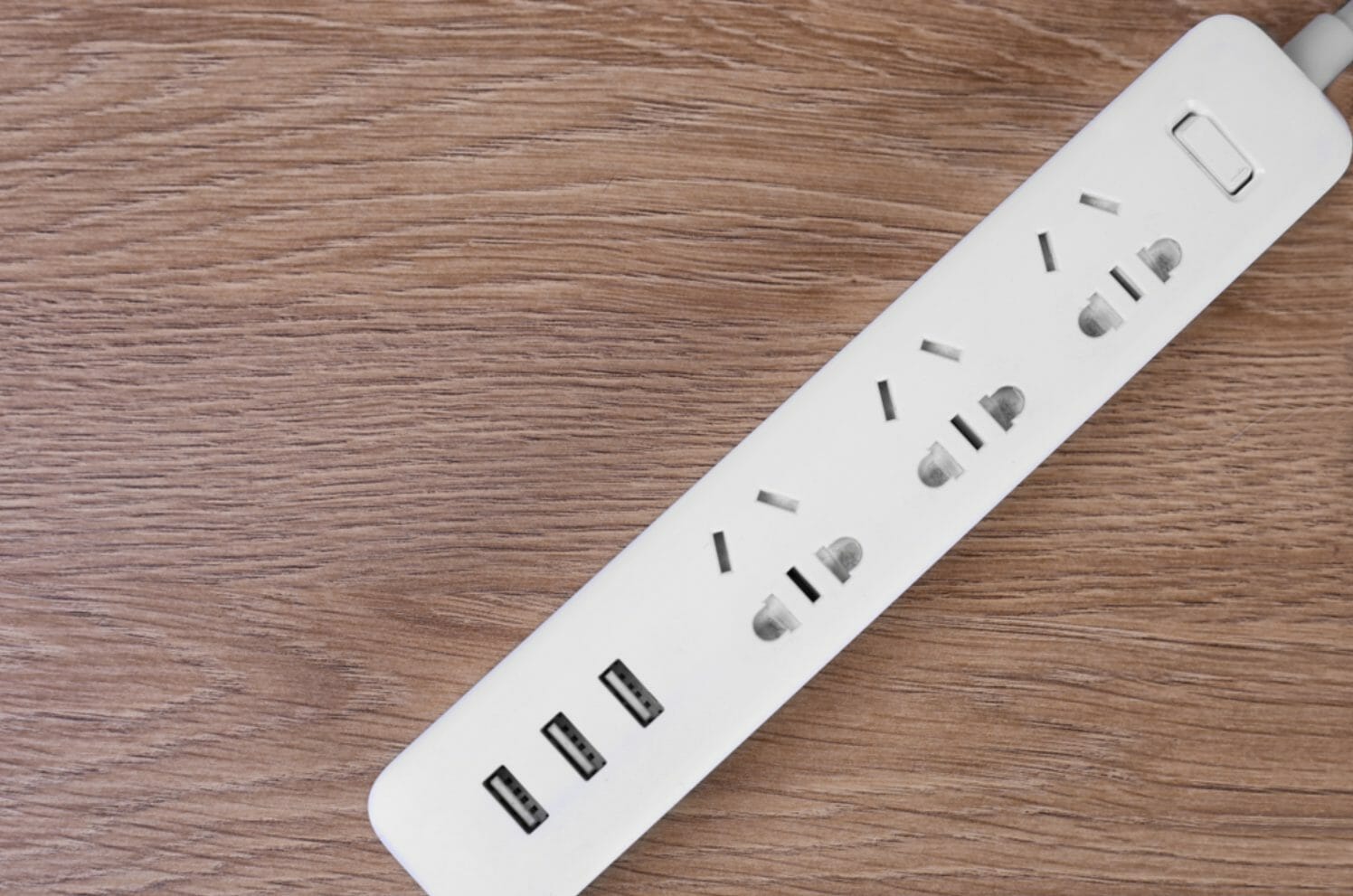It’s easy to forget the dangers of electricity when we use it so much in our daily lives. The reality is that it has the potential to cause severe damage to our properties and lives. Damage to power lines or lightning strikes are examples that can cause an imbalance in the power supply. But, these external causes are much less likely to be the culprit of most electrical surges. Internal causes make up most power surges-which is good because they’re much more manageable. To understand why they’re easier to manage, let’s dive into the question of what does a surge protector do?
Power spikes and surges cause a massive amount of amps to run through our electrical systems. Since our home electrical infrastructure is only made to handle a certain amount of power, essential devices are at the whim of this influx. This is where our loving friends, surge protectors, come in to play. They protect our equipment from blowing a fuse, frying its circuitry or burning its power supply.
The problem is, we don’t usually know we need a surge protector until it’s too late. Preparing in advance by installing a surge protector can save your essential home equipment. You’ll also get the rewarding feeling of delayed gratification.
What Is An Electrical Surge?
An electrical surge is a brief overvoltage disturbance of power. Power should flow steadily. When a surge occurs, it knocks this power supply out of its steady flow. It can result in a sudden ramp-up of power. The standard Australian voltage threshold is 240 volts.
Each piece of electrical equipment is also designed to operate at a specific voltage. While equipment is usually built to handle slight variances in power, surges are generally a lot more than they can take. So when a surge runs through to the piece of equipment, it can easily exceed this voltage and break your electrical equipment.
How Does A Surge Protector Work
While electrical systems can seem complex, the basics of how surge protectors work can be simple. Electricity runs through circuits from a supply (power lines) to the receiver (your devices). The supply needs to be at a high level of electricity to move to the lower end. When the supply end’s voltage is significantly higher than the receiving end, a surge occurs.
This overwhelming amount of energy comes through your home outlets. As you can imagine, it can have some dangerous consequences. When this happens, surge protectors kick in to save your electrical equipment. They allow the appropriate amount of power to flow through your outlets and power your devices. The remaining extra power is redirected into the outlets’ grounding wire. By redirecting the extra power, the outlets stay below the threshold of power that they can handle.
What Exactly Happens?
If you’re curious about the technicalities within a surge protector, here is a summary. Surge protectors have a piece of equipment inside called a MOV. The MOV links the surge protector’s hot wire and its grounding wire. The MOV varies the resistance of incoming power. So it takes effect by making adjustments to incoming voltages when the power is too high or too low.
A power surge means that the incoming power is too high, and so the surge protector redirects the excess electricity into the grounding wire. Grounding the electricity allows it to disperse safely while still channelling the necessary power into the device.
Why Do You Need A Surge Protector?
A surge protector is a physical device that acts as a firewall between your electrical equipment and the ferocity of surging power. Electrical surges can damage your electrical equipment and devices. When too much power runs through the system, it can ‘fry’ your equipment. An oversupply of power can heat the wires in your appliances. If it gets hot enough, it can burn the wire and render it useless-this is what is meant by ‘frying’ your equipment.
For example, if power is being supplied to a computer, a surge can damage the hard drive and motherboard beyond use, leaving you with only the ghost of your treasured documents. Though, it can happen to any of your electrical devices. Like your air-conditioner frying in a mid-February heat-wave. A less critical but much more uncomfortable threat.
Considering your more essential and costly devices, surge protectors can be cheap compared to the devices they protect.
What Causes Electrical Surges?
In homes or offices, 80% of power surges are caused internally. Faulty devices, poor wiring and circuit breaker trips can cause a surge in electricity coming through the system. A common culprit of electrical surges is appliances that need lots of power to operate. For example, you may notice your lights flickering at times when powerful devices turn on and off, such as your air conditioner. When these devices are switched on, they demand a lot of electricity, which can cause surges.
The power surges from internal causes, while overloading the power to the outlets, can all be diverted by a surge protector. Lightning strikes or faulty power lines are common external causes of power surges. These can result in higher-voltage power surges, sometimes up to millions of volts, that can be too much for surge protectors to redirect. Because externally caused surges only make up around 20% of power surges, surge protectors effectively mitigate the risk to your electrical equipment.
Protection Against Electrical Surges
Surge protectors are a powerful little tool to keep your home and office electrical equipment safe by diverting an oversupply of power through a grounding wire. Surge protectors can save your equipment from ‘frying’. They act as a buffer between electricity-a powerful but dangerous everyday utility.
We’ve all experienced the pain of losing important files on our computers. Without using a surge protector, we risk this happening at any time. When a computer ‘fries’ from a power surge, the whole machine becomes useless, and we can lose everything. Considering the other expensive and essential electrics in our houses, such as fridges and air conditioners, surge protectors can be a necessity. Do you know if your computers and electrical equipment are protected from electrical surges? If not, that’s okay. Glenco can help.







